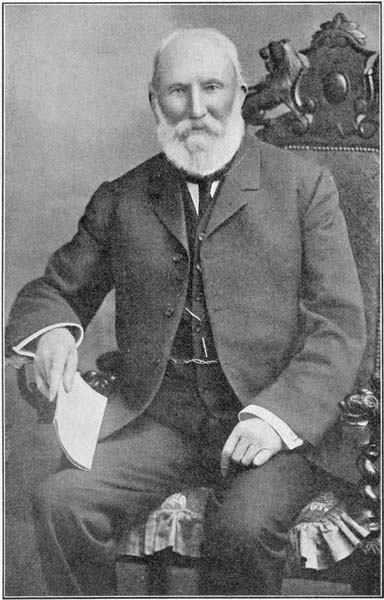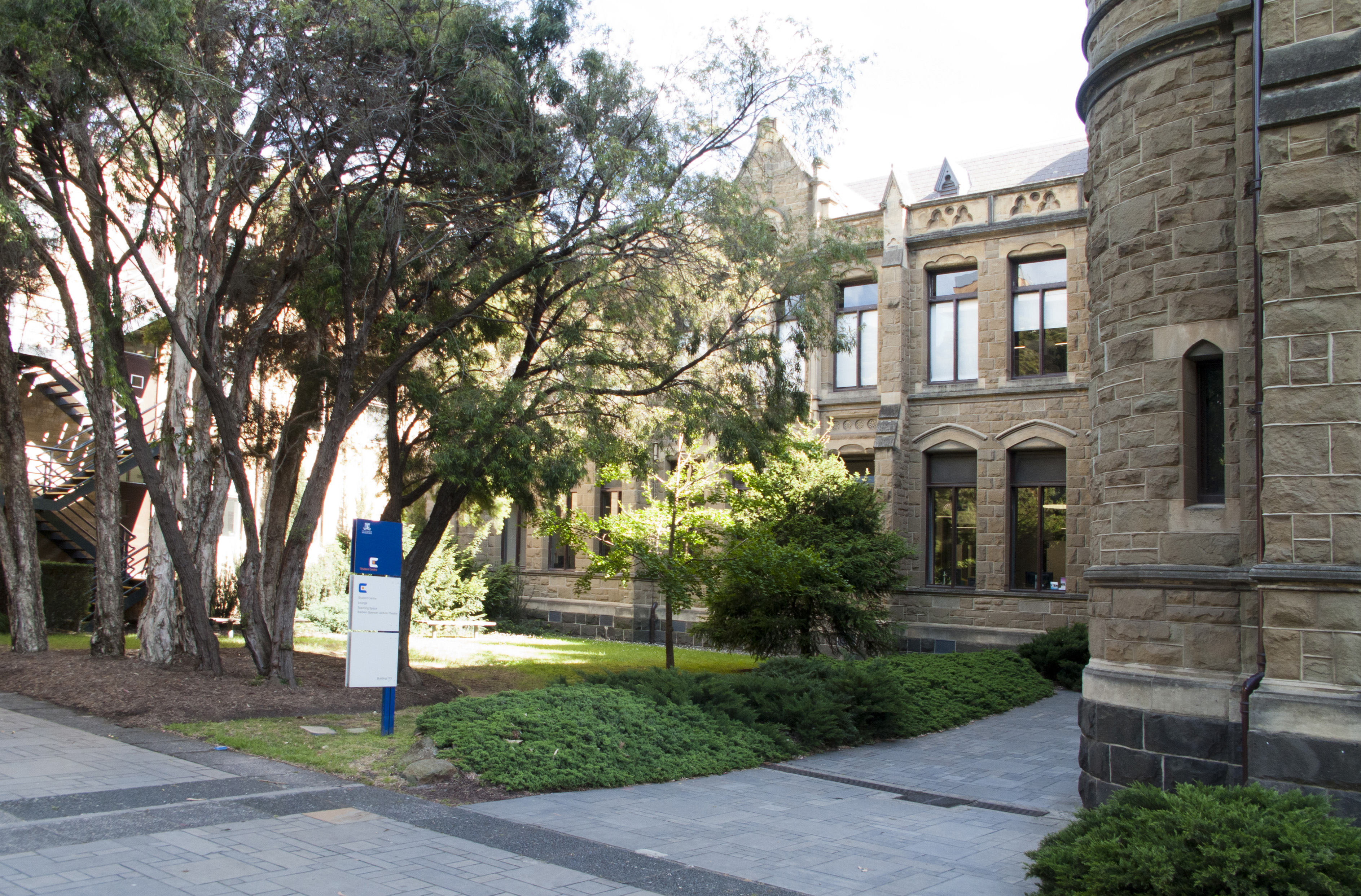|
John Mathew
John Mathew (31 May 1849 – 11 March 1929) was an Australian Presbyterian minister and anthropologist, author of ''"Eaglehawk and Crow"'' and ''"Two Representative Tribes of Queensland"''. Biography Mathew was born in Aberdeen, Scotland, on 31 May 1849, the fourth child (and eldest son) of Alexander Mathew, a factory overseer, and his wife Jean, ''née'' Mortimer. Mathew was initially educated at Kidd's school, Aberdeen. At nine years of age his father died and he went to live with his maternal grandmother at Insch, where he attended the Insch Free Church School as a pupil-teacher from 1862 to 1864. In 1864 Mathew migrated to Queensland, Australia, with a brother and sister, to live with their uncle John Mortimer on his station, '' Manumbar'', on the Burnett River. Mathew worked there for six years as a stockrider, bookkeeper, and storeman, becoming familiar with the culture and language of two Aboriginal Australian groups, the Kabi and Wakka Wakka people. He afterwards ... [...More Info...] [...Related Items...] OR: [Wikipedia] [Google] [Baidu] |
Brisbane Normal School
Brisbane State High School (BSHS or commonly State High) is a partially selective, co-educational, state secondary school, located in South Brisbane, Queensland, Australia. It is a member of the Great Public Schools Association of Queensland, and the Queensland Girls' Secondary Schools Sports Association. It was the first state secondary school established in Brisbane, as well as the first academic state high school to be founded in Queensland. The school employs a variety of selection criteria for prospective students, maintaining a quota for local area enrolments, however also using academic, sporting, cultural and artistic talents as means of determining the annual intake. One of the school's buildings, H Block, was the former Brisbane South Girls and Infants School built in 1864 and is now listed on the Queensland Heritage Register. History T. Max Hawkins, historian and author of "The Queensland Great Public Schools – A History", wrote of the origins of Brisbane State Hi ... [...More Info...] [...Related Items...] OR: [Wikipedia] [Google] [Baidu] |
Ethnographic
Ethnography is a branch of anthropology and the systematic study of individual cultures. It explores cultural phenomena from the point of view of the subject of the study. Ethnography is also a type of social research that involves examining the behavior of the participants in a given social situation and understanding the group members' own interpretation of such behavior. As a form of inquiry, ethnography relies heavily on participant observation, where the researcher participates in the setting or with the people being studied, at least in some marginal role, and seeking to document, in detail, patterns of social interaction and the perspectives of participants, and to understand these in their local contexts. It had its origin in social and cultural anthropology in the early twentieth century, but has, since then, spread to other social science disciplines, notably sociology. Ethnographers mainly use qualitative methods, though they may also include quantitative data. T ... [...More Info...] [...Related Items...] OR: [Wikipedia] [Google] [Baidu] |
Linguistic
Linguistics is the scientific study of language. The areas of linguistic analysis are syntax (rules governing the structure of sentences), semantics (meaning), Morphology (linguistics), morphology (structure of words), phonetics (speech sounds and equivalent gestures in sign languages), phonology (the abstract sound system of a particular language, and analogous systems of sign languages), and pragmatics (how the context of use contributes to meaning). Subdisciplines such as biolinguistics (the study of the biological variables and evolution of language) and psycholinguistics (the study of psychological factors in human language) bridge many of these divisions. Linguistics encompasses Outline of linguistics, many branches and subfields that span both theoretical and practical applications. Theoretical linguistics is concerned with understanding the universal grammar, universal and Philosophy of language#Nature of language, fundamental nature of language and developing a general ... [...More Info...] [...Related Items...] OR: [Wikipedia] [Google] [Baidu] |
Robert Hamilton Mathews
Robert Hamilton Mathews (1841–1918) was an Australian surveyor and self-taught anthropologist who studied the Aboriginal cultures of Australia, especially those of Victoria, New South Wales and southern Queensland. He was a member of the Royal Society of New South Wales and a corresponding member of the Anthropological Institute of London (later the Royal Anthropological Institute). Mathews had no academic qualifications and received no university backing for his research. Mathews supported himself and his family from investments made during his lucrative career as a licensed surveyor. He was in his early fifties when he began the investigations of Aboriginal society that would dominate the last 25 years of his life. During this period he published 171 works of anthropology running to approximately 2200 pages. Mathews enjoyed friendly relations with Aboriginal communities in many parts of south-east Australia. Marginalia in a book owned by Mathews suggest that Aboriginal ... [...More Info...] [...Related Items...] OR: [Wikipedia] [Google] [Baidu] |
Daisy Bates (Australia)
Daisy May Bates, CBE (born Margaret May O'Dwyer; 16 October 1859 – 18 April 1951) was an Irish-Australian journalist, welfare worker and self-taught anthropologist who conducted fieldwork among several Aboriginal groups in western and southern Australia. Born in Country Tipperary, Ireland in 1859, Bates migrated to Australia in 1883 where she married three times (at least one of which was bigamous) and gave birth to a son. She returned to England in 1894 and worked as a journalist and editor. She migrated to Western Australia in 1899, where she bought a cattle station and developed an interest in the culture and welfare of Aboriginal Australians. She published a number of articles on Aboriginal issues and from 1904 to 1910 was employed by the Western Australian government to collect ethnographic information on the Aboriginal people of that state. Her research and field work was published posthumously in 1985 as ''The Native Tribes of Western Australia''. Bates was appointe ... [...More Info...] [...Related Items...] OR: [Wikipedia] [Google] [Baidu] |
Lorimer Fison
Lorimer Fison (9 November 1832 – 29 December 1907) was an Australian anthropologist, Methodist minister and journalist. Early life Fison was born at Barningham, Suffolk, England, the son of Thomas Fison, a prosperous landowner, and his wife Charlotte, a daughter of the Rev. John Reynolds, who was a translator of seventeenth-century religious writers. Fison was educated at a school at Sheffield, then at the University of Cambridge where he read with a tutor before becoming a student of Caius College in June 1855. After a "boyish escapade" at college he left for Australia. His sister was Anna Fison, translator and educator. Career in Australia and Fiji In 1856 Fison arrived in Australia and while at the gold diggings the news of the unexpected death of his father led to his conversion to active Christianity. He went to Melbourne, joined the Methodist church, and after some further study at the University of Melbourne offered himself for missionary service in Fiji. He was ord ... [...More Info...] [...Related Items...] OR: [Wikipedia] [Google] [Baidu] |
Alfred William Howitt
Alfred William Howitt (17 April 1830 – 7 March 1908), also known by author abbreviation A. W. Howitt, was an Australian anthropologist, explorer and naturalist. He was known for leading the Victorian Relief Expedition, which set out to establish the fate of the ill-fated Burke and Wills expedition. Biography Howitt was born on 17 April 1830, in Nottingham, England, the son of authors William Howitt and Mary Botham. He went to the Victorian gold fields in 1852 with his father and brother to visit his uncle, Godfrey Howitt. Initially, Howitt was a geologist in Victoria; later, he worked as a gold warden in North Gippsland. Howitt went on to be appointed Police magistrate & Warden Crown Lands Commissioner; later still, he held the position of Secretary of the Mines Department. In 1861, the Royal Society of Victoria appointed Howitt leader of the Victorian Relief Expedition, with the task of establishing the fate of the Burke and Wills expedition. Howitt was a skil ... [...More Info...] [...Related Items...] OR: [Wikipedia] [Google] [Baidu] |
Walter Baldwin Spencer
Sir Walter Baldwin Spencer (23 June 1860 – 14 July 1929), commonly referred to as Sir Baldwin Spencer, was a British-Australian Evolutionary biology, evolutionary biologist, anthropology, anthropologist and Ethnology, ethnologist. He is known for his fieldwork with Indigenous Australians, Aboriginal peoples in Central Australia, contributions to the study of ethnography, and academic collaborations with Frank Gillen. Spencer introduced the study of zoology at the University of Melbourne and held the title of Emeritus, Emeritus Professor until his death in 1929. He was elected a Fellow of the Royal Society in 1900 and knighted in 1916. Early life and education Spencer was born on 23 June 1860 in Stretford, Lancashire, England to Martha (née Circuit) and Rueben Spencer. He was educated at Old Trafford school and Manchester School of Art, where he received training in drawing. In 1879, Spencer began study at Owens College, Owens College (University of Manchester), where he ... [...More Info...] [...Related Items...] OR: [Wikipedia] [Google] [Baidu] |
Royal Society Of New South Wales
The Royal Society of New South Wales is a learned society based in Sydney, Australia. The Governor of New South Wales is the vice-regal patron of the Society. It is the oldest learned society in the Southern Hemisphere. The Society traces its origin to the Philosophical Society of Australasia established on 27 June 1821. In 1850, after a period of informal activity, the Society was revived as the Australian Philosophical Society and, in 1856, the Philosophical Society of New South Wales. The Society was granted Royal Assent on 12 December 1866 and at that time was renamed the Royal Society of New South Wales. Membership is open to any person interested in the promotion of studies in Science, Art, Literature and Philosophy. Fellowship and Distinguished Fellowship are by election, and may be conferred on leaders in their fields. Fellowship and Distinguished Fellowship are honours gazetted under vice-regal authority by the Governor of New South Wales, and marked by the post-nomina ... [...More Info...] [...Related Items...] OR: [Wikipedia] [Google] [Baidu] |
Barambah Aboriginal Settlement
Cherbourg (), formerly known as Barambah, Barambah Aboriginal Settlement and Cherbourg Aboriginal Settlement, is a rural town and locality in the Aboriginal Shire of Cherbourg, South Burnett region, Queensland, Australia. The traditional owners of this area are the Wakka Wakka People. In the , the locality of Cherbourg had a population of 1,194 people, of whom 1,151 (96.4%) identified as Indigenous Australians. Geography Cherbourg is located off the Bunya Highway approximately north-west of Brisbane and from the town of Murgon. It is situated on Barambah Creek, close to Bjelke-Petersen Dam. History Wakka Wakka (Waka Waka, Wocca Wocca, Wakawaka) is an Australian Aboriginal language spoken in the Burnett River catchment. The Wakka Wakka language region includes the landscape within the local government boundaries of the North and South Burnett Regional Council, particularly the towns of Cherbourg, Murgon, Kingaroy, Gayndah, Eidsvold and Mundubbera. The town was founded as ... [...More Info...] [...Related Items...] OR: [Wikipedia] [Google] [Baidu] |
Coburg, Victoria
Coburg is an inner suburb in Melbourne, Victoria (Australia), Victoria, Australia, north of Melbourne's Melbourne city centre, Central Business District, located within the Cities of City of Darebin, Darebin and City of Merri-bek, Merri-bek Local government areas of Victoria, local government areas. Coburg recorded a population of 26,574 at the 2021 Australian census, 2021 census. Although most of Coburg is within the City of Merri-bek, a handful of properties on Elizabeth Street, Coburg's eastern boundary, are located in the City of Darebin. Coburg's boundaries are Gaffney Street and Murray Road in the north, Elizabeth Street and Merri Creek in the east, Moreland Road in the South and Melville Road, Devon Avenue, Sussex Street and West Street in the west. Coburg is designated one of 26 Principal Activity centre, Activity Centres in the Melbourne 2030 Metropolitan Strategy. History Prior to European settlement, the area around Coburg and Merri Creek was occupied by the Woi ... [...More Info...] [...Related Items...] OR: [Wikipedia] [Google] [Baidu] |







